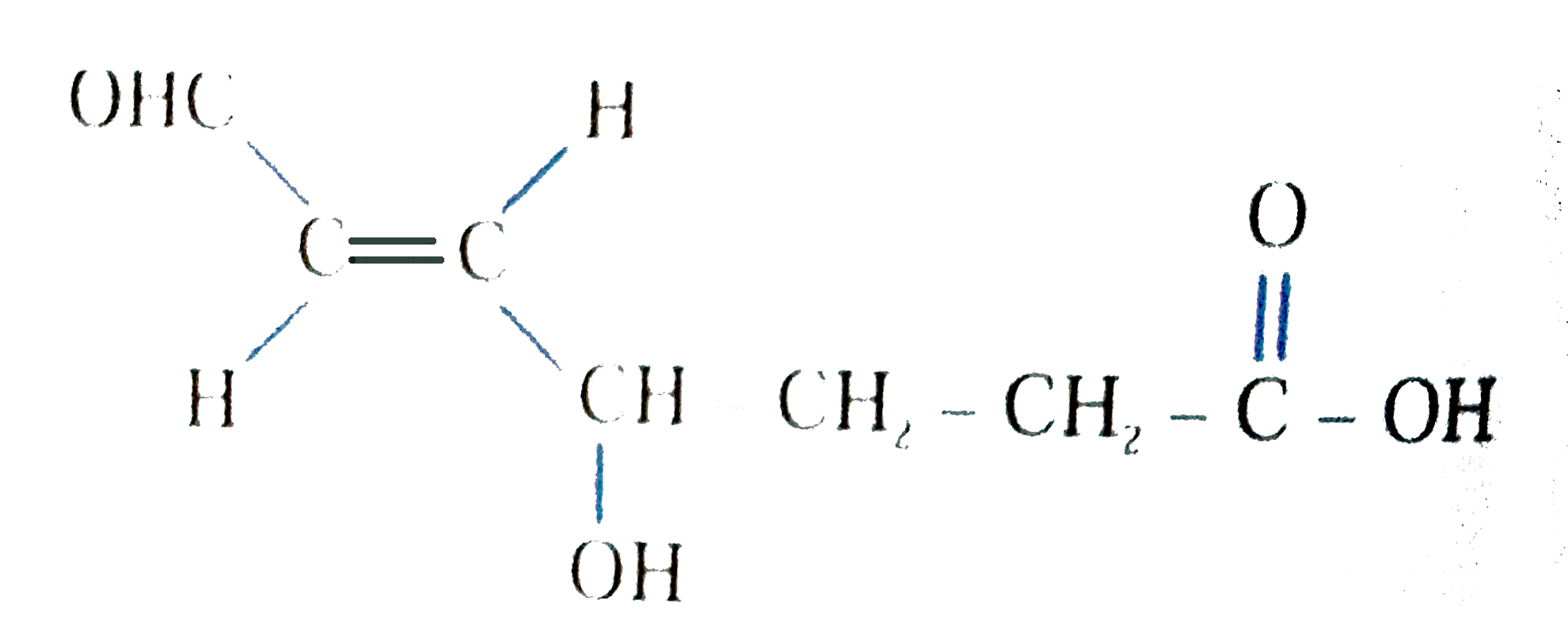The decomposition of N2O into N2 and O in the presence of gaseous argon follows second kinetics with
k=(5.0×1011 L mol−1s−1)e−29000K/T
The energy of activation is
explosive reaction
second order reactions
first order reactions
thermal reactions
The correct Answer is:B
Decomposition of Cl2O is an example of second order reaction.
Topper's Solved these Questions
- BOOK - NARAYNACHAPTER - CHEMICAL KINETICS EXERCISE - EXERCISE -1 (C.W) (RATE OF REACTION & FACTORS)14videos
CHEMICAL KINETICS
- BOOK - NARAYNACHAPTER - CHEMICAL KINETICS EXERCISE - EXERCISE -1 (C.W) (ORDER OF REACTION)14videos
CHEMICAL KINETICS
- BOOK - NARAYNACHAPTER - CHEMICAL KINETICS EXERCISE - CHECK YOUR GRASP14videos
CHEMICAL KINETICS
- BOOK - NARAYNACHAPTER - CARBOXYLIC ACIDEXERCISE - All Questions288videos
CARBOXYLIC ACID
- BOOK - NARAYNACHAPTER - CHEMISTRY IN EVERYDAY LIFEEXERCISE - ASSERTION & REASON TYPE QUESTIONS10videos
CHEMISTRY IN EVERYDAY LIFE
Similar Questions
The rate of a gaseous reaction is given by the expression k [A] [B]. If the volume of the reaction vessel is suddenly reduced to 1/4th of the initial volume, the reaction rate relating to original rate will be
02:46View Solutionfor a reaction 2A+3B→Products, the rate law expression is given by rate = K(A)1(B)2 . The order of the reaction with respect to A,B and over all order of reaction ar
04:03View SolutionWhat is the instantaneous rate of a reaction.
01:31View SolutionProvide IUPAC name of the compound given below.
 01:31View Solution
01:31View Solution(A) Analgesics bring down body temperature during high fever.
(R ) Tetracyclin is a tranquillizer.03:01View SolutionThe slope of the line graph of logk versus 1/T for the reaction N2O5→2NO2+1/2O2 is −5000.Calculate the energy of activation of the reaction (in kJK−1mol−1).
02:19View SolutionThe decomposition of N_(2)O in N_(2) and O_(2) in presence of gaseous argon follows II order kinetics having K=5xx10^(11) e^(-29000//T) . Find out energy of activation and rate constant at 27^(@)C . Also evalute Arrhenius parameter.
02:08View SolutionThe decomposition of N_(2)O into N_(2) & O_(2) in presence of gaseous argon follow second order kinetics with k = (5.0 xx 10^(11) L "mol"^(-1) s^(-1)) e^(-(41570)/(T))" " (K stands for Kelvin units). The energy of activation of the reaction is
View SolutionThe kinetic energy of two moles of N2at27∘Cis(R=8.314JK−1mol−1)
View SolutionThe decomposition of N_(2)O into N_(2) and O_(2) in presence of gaseous argon follows second order kinetics with rate constant, K=2.0 xx10^(11) e^(-30000K//T)mol^(-1)s^(-1) . The pre - exponential factor and the enrgy of activation are respectively (R=2 cal K^(-1) mol^(-1))
04:25View SolutionThe decomposition of N2O into N2 and O in the presence of gaseous argon follows second order kinetics with
k=(5.0×1011L mol−1s−1)e−29000K/T
The activation energy for the reaction Ea is04:00View SolutionThe decomposition of N_(2)O into N_(2) and O in the presence of gaseous argon follows second kinetics with k=(5.0xx10^(11) L "mol"^(-1) s^(-1))e^(-29000 K//T) The energy of activation is
01:49View SolutionThe decomposition of N_(2)O_(5) in (C)Cl_(4) at 318 K is studied by monitoring the concentration of N_(2)O_(5) in the solution. Initially the concentration of N_(2)O_(5) is 2.4 mol L^(-1) . What is the rate of production of NO_(2) during this period in mol L^(-1)min^(-1) ?
View SolutionThe decomposition of N_(@)O into N_(2) and O_(2) presence of gaseous argon follows second order kinetics with k=(5.0xx10^(11)"L mol"^(-1)s^(-1))e^((-41570K)/(T)) (K stands for Kelvin units). The energy of activation of the reaction is :
02:08View SolutionGaseous N2O decomposes at 298 K and forms N2(g) and O2(g).The ΔH for the reaction at 1 atm pressure and 298 K is −163.15kJ. What is the value of ΔU for the decomposition of 200 g of N2O under the same conditions?
02:44View SolutionThe enthalpies of formation of N_(2)O and NO at 298 K are 82 and 90 kJ mol^(-1) . The enthalpy of the reaction : N_(2)O(g) + (1)/(2) O_(2) rarr 2 NO(g) is
02:49View Solution

